EIA projects decline in transportation sector energy consumption through 2037 despite increase in VMT, followed by increase
Green Car Congress
JANUARY 28, 2019
EIA’s Annual Energy Outlook 2019 projects continued robust growth in US energy production, emergence of the United States as an energy exporter, and a cleaner S electric power generation mix. The Annual Energy Outlook 2019 (AEO2019) includes a Reference case and six side cases designed to examine the robustness of key assumptions.


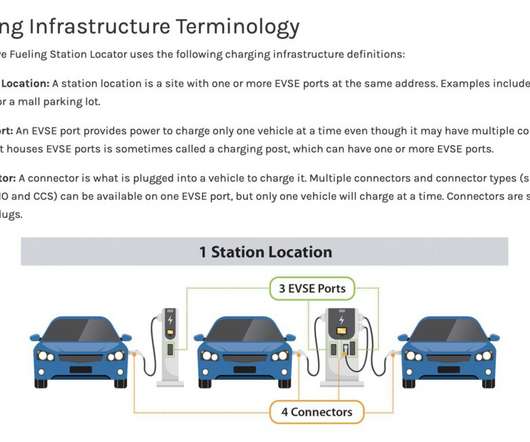









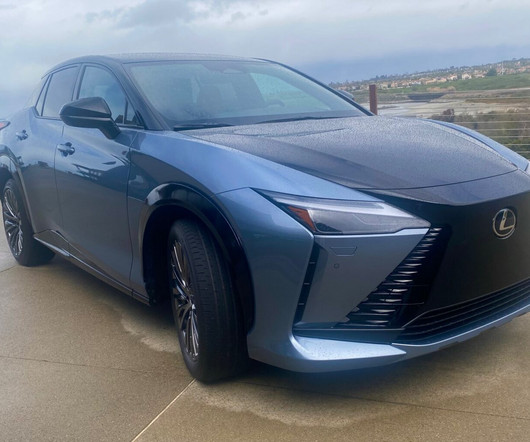


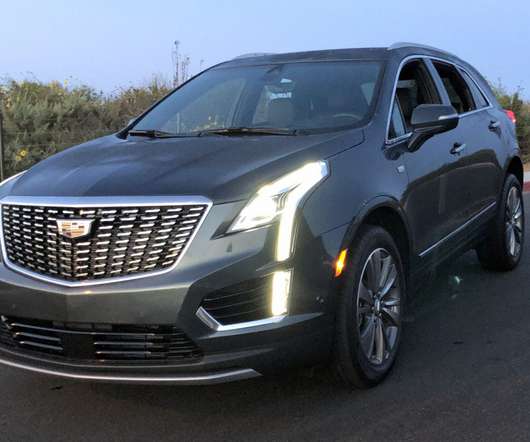





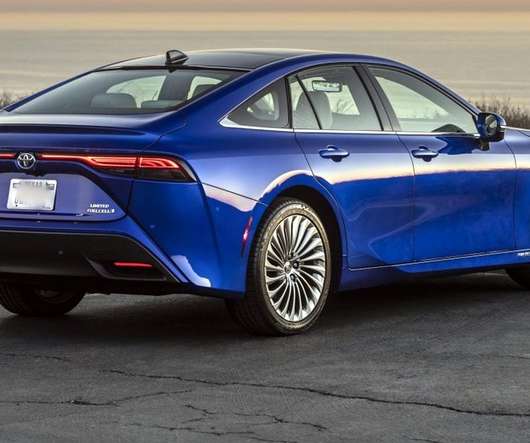


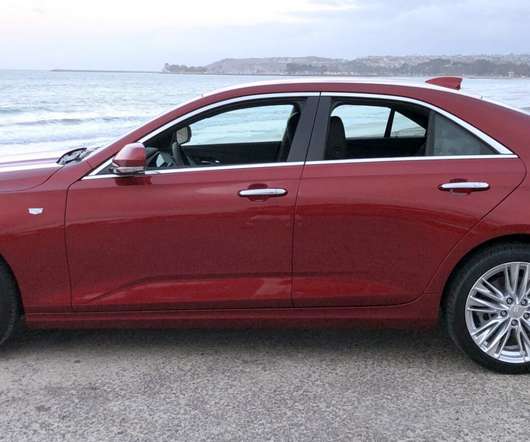
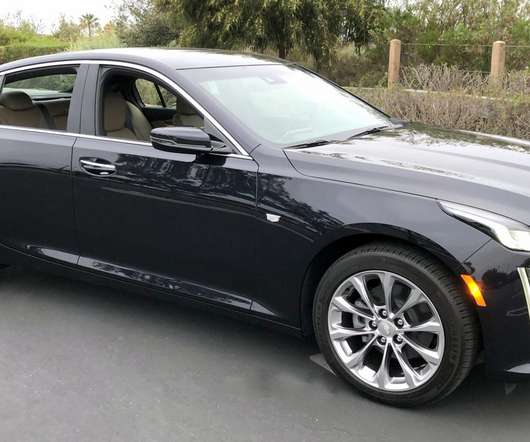
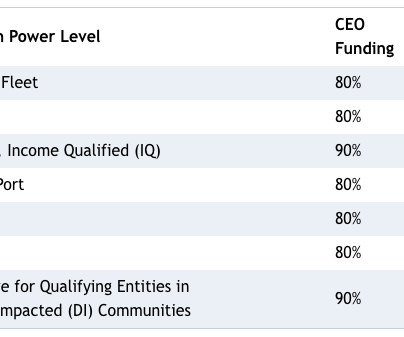








Let's personalize your content